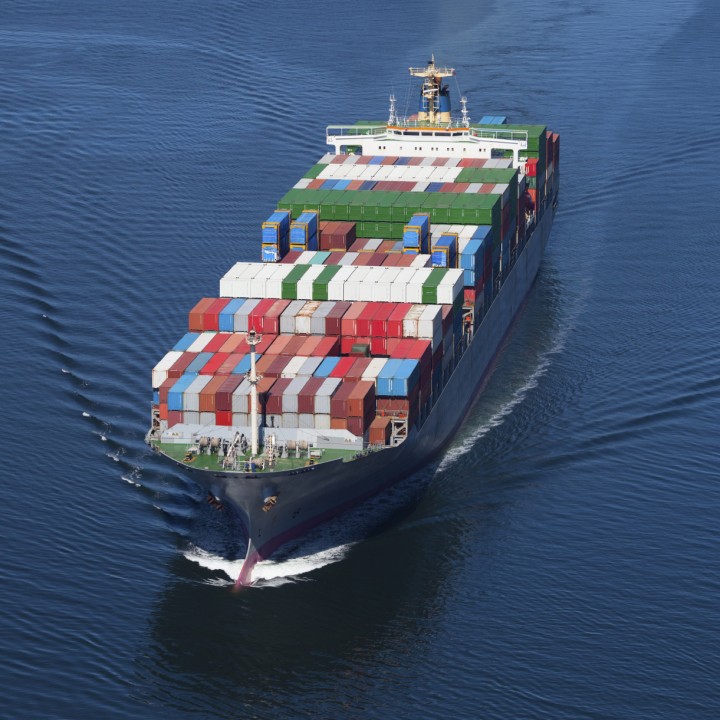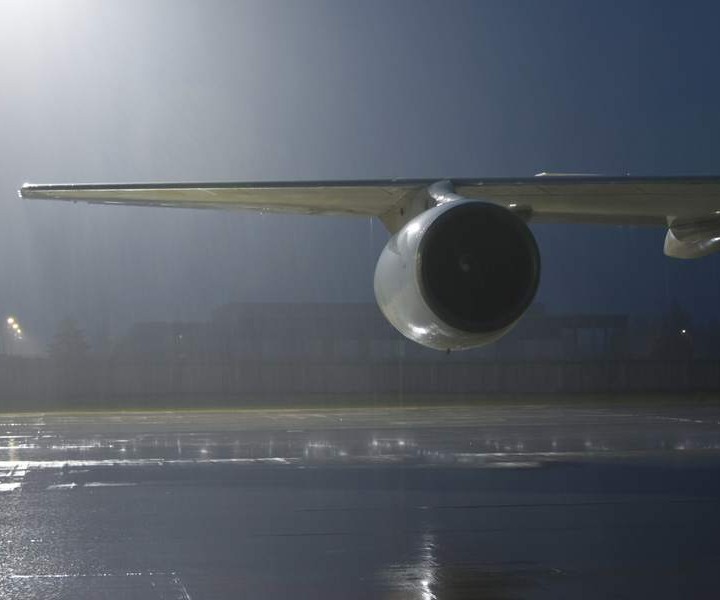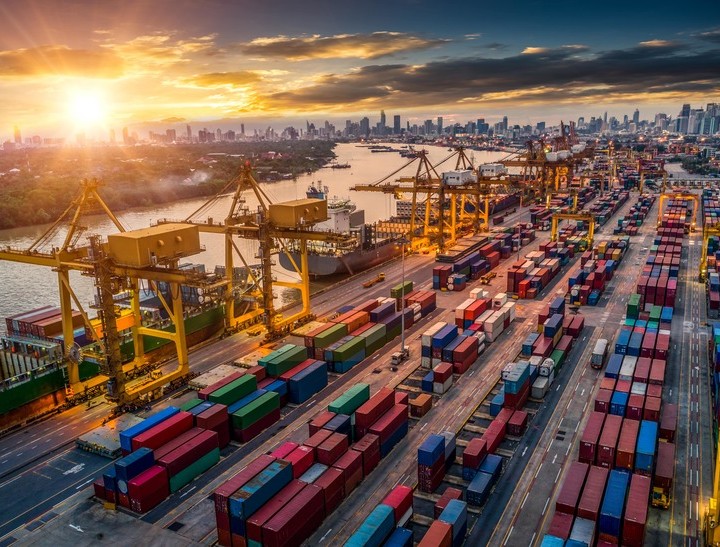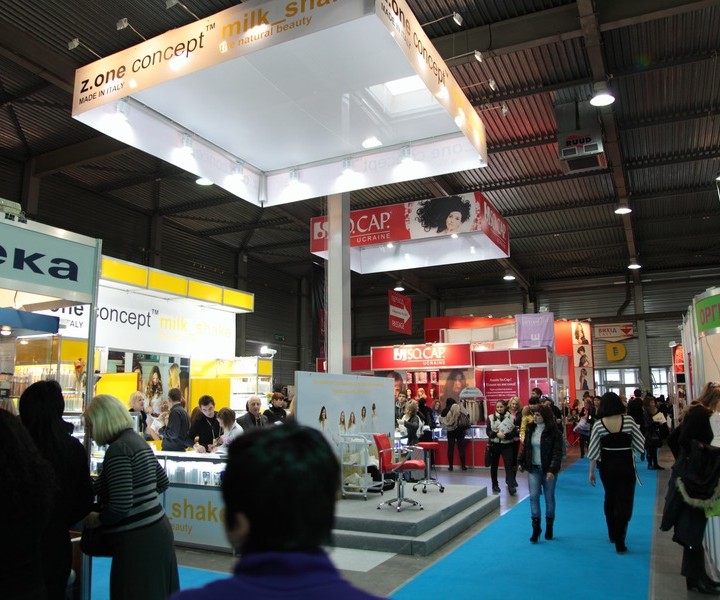If you intend to import a large consignment of bulky goods, your best option is container shipping. This article examines what international container shipping involves and what you can do to streamline the process.
Shipping Incoterms
Refers to the allocation of costs and risks between the supplier and buyer and specifies who will engage a freight forwarder at each stage of the shipping process.
Freight Forwarder
After securing the consignment, contract a freight forwarder, an individual or company that will take charge of transporting the goods from the buyer to the originating country’s port. They will place the goods in a container and transport it to the port.
The freight forwarder is responsible for determining the best and most economical way of transporting from the seller to the port (road, rail, or water) and hiring a transporter. They will also designate a sea freight services provider.
Export Customs Clearance
After the transporter drops the container at the port terminal, the freight forwarder will secure the export documentation. The key documents include:
- Certificate of Origin.
- Packing list.
- Manufacturer’s letter of declaration detailing toxic or hazardous goods.
- Shipper’s letter of instruction.
The goods will then undergo export customs clearance and documentation review.
Customs will then secure the container with a high-security seal that no one should open until it arrives at the destination country’s distribution warehouse. Note that the customs officials at the destination country might decide to open it as part of their inspection.
Once customs is through with the inspection, the shipper will issue the Bill of Lading detailing the goods inside the container. You must obtain this Bill of Lading from your customs agent once the shipment arrives, as it proves ownership of the goods.
The port will place the container in the ship for transit, and the shipper will submit the shipment manifest data about the cargo’s contents, importer, and exporter to the authorities in the importing and exporting countries.
Arrival
After receiving clearance to dock at a berth in the port, cranes will offload the container and run it through customs clearance. The customs clearance officers verify the documents and charge the required import duties and customs fees.
They may inspect the contents of the container or subject them to quarantine if the situation calls for it. Your customs agent can help as they will represent you in all these processes and advise you on the charges you will pay.
Distribution
After inspection and payment of the importation fees, the customs officials will release it to your customs agent or send it to the distribution warehouse for sorting if the container contains goods belonging to several importers.
Your customs agent can handle the container unloading and arrange transportation after considering the best and cheapest way (import haulage).
Why You Need an International Shipping Provider
There are many steps and people involved in container shipping, which makes it vulnerable to inefficiencies like delays, voluminous paperwork, unforeseen expenses, and even loss of goods.
This is where it pays to hire a company like AMR Group Logistics Worldwide, as we have the capacity to transport goods from the buyer to your doorstep seamlessly. We have the ability for worldwide shipping logistics in over 60 countries, ensuring your goods arrive on time and within budget.
Choosing AMR Group Logistics eliminates the need for go-betweens, as we act as a single service provider.
We take the hassle out of importation, as we’ll handle transportation of the goods from the seller, carriage by sea, customs clearance, and destination haulage, and represent you at every step, so you don’t need to be physically present during customs clearance.
That helps you determine all the costs ahead of time and avoid unfair, surprise costs. Contact us to request a shipping rate and seek help importing cargo.








